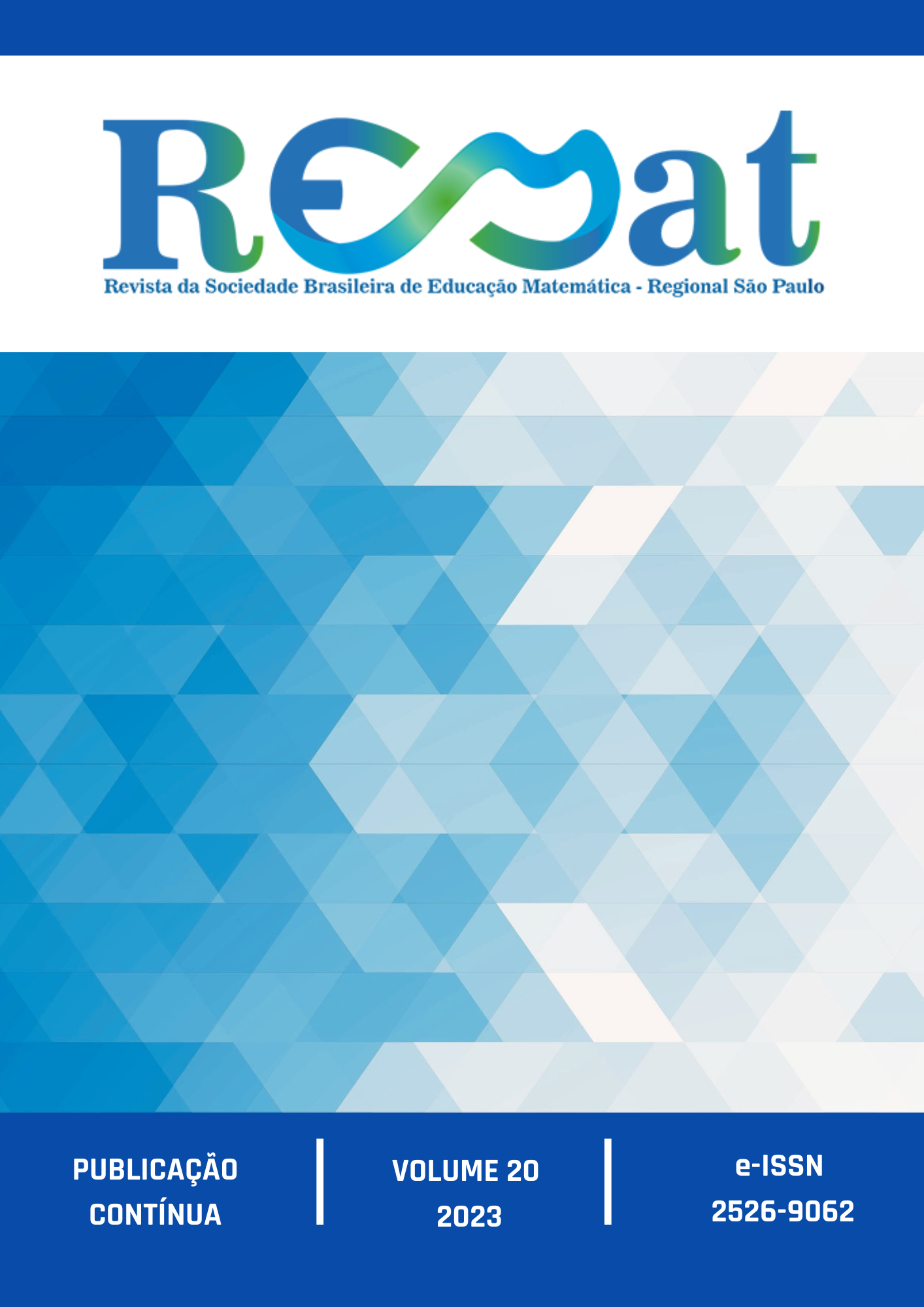Design and implementation of a problem situation for teaching and learning systems of linear differential equations with engineering students
DOI:
10.37001/remat25269062v20id749Keywords:
Systems of linear differential equations, Registers of semiotic representation, Didactic EngineeringAbstract
A description of the actions carried out for the design of a problem situation involving the work with a mixture model, which requires the use of a system of linear differential equations, is presented. At the same time, the results derived from its implementation with students of Chemical Engineering, Food Engineering and Chemical and Bromatological Analysis degrees of the Faculty of Exact, Chemical and Natural Sciences dependent on the National University of Misiones are presented. The analysis of the proposal was carried out under the guidelines of Duval's theory of semiotic representations. The methodological framework provided by Didactic Engineering, from the confrontation of the a priori and a posteriori analysis of the proposal, made it possible to obtain reflections and implications for the teaching of the subject. From the study of the students' productions, the semiotic transformations put into play for the different semiotic registers approached are analyzed. The results obtained reveal that the conversion to the symbolic-algebraic register of the formal mathematical model is the one that prevails, even when it is not explicitly requested in the instruction Furthermore, unlike what happened with the implementation of a similar proposal with students from another career (pilot test), this time no prevalence was observed towards the scalar treatment to the detriment of the vectorial one. Finally, a question arises about whether the students are able to contrast the conclusions obtained in one record with those obtained in another record, an aspect that would work as a validation tool for their productions. In this work, there is not enough evidence to provide an answer in this regard.
Downloads
Metrics
References
ANDER-EGG, Ezequiel. Métodos y Técnicas de investigación social, Vol. III: Cómo organizar el trabajo de investigación. Editorial Lumen, España, 2010.
ARTIGUE, Michele. Ingeniería Didáctica. En ARTIGUE, Michel; DOUADY, Régine; MORENO, Luis y GÓMEZ, P. (Ed.), Ingeniería Didáctica para la Educación Matemática. Un esquema para la investigación y la innovación en la enseñanza y el aprendizaje de las Matemáticas, Grupo Editorial Iberoamérica, México, p. 33-59, 1995.
BARDIN, Laurence. El análisis de contenido. Editorial Akal, Madrid, 1996.
BLANCHARD, Paul; DEVANEY, Robert y HALL, Glen. Ecuaciones diferenciales. Editorial Thomson, México, 1998.
DUVAL, Raymond. Un análisis cognitivo de problemas de comprensión en el aprendizaje de las matemáticas. En DUVAL, Raymond; SÁENZ, Adalira (Eds.), Comprensión y aprendizaje en matemáticas: perspectivas semióticas seleccionadas. Editorial Énfasis. Bogotá, Colombia: Universidad Distrital Francisco José de Caldas, p. 61-94, 2016.
DUVAL, Raymond. Semiosis y pensamiento humano: Registros semióticos y aprendizajes intelectuales (VEGA, M., Trad.), Universidad del Valle, Cali, 1999.
HABRE, Samer. Investigating students’ approval of a geometrical approach to differential equations and their solutions. International Journal of Mathematical, Educations in Science and Technology, v. 35, n. 5, p. 651-662, 2003.
FERNÁNDEZ von METZEN, G. A.; LEÓN, M. N.; ZANG, C. M. Análisis de una experiencia didáctica para la enseñanza y aprendizaje de sistema de ecuaciones diferenciales lineales. Unión - Revista Iberoamericana de Educación Matemática, v. 17, n. 61, p. e003, 2021.
ZANG, C. M.; FERNÁNDEZ von METZEN, G. A.; LEÓN M. N. Aportes para la evaluación de las prácticas de enseñanza y aprendizaje de ecuaciones diferenciales de primer orden. Revista Premisa, v.56, p. 29-40, 2013.
ZILL, Dennis. Ecuaciones Diferenciales con aplicaciones de modelado. Editorial Thomson, México, 2007.
Downloads
Published
Métricas
Visualizações do artigo: 242 PDF (Português (Brasil)) downloads: 136
How to Cite
Issue
Section
License

This work is licensed under a Creative Commons Attribution-NonCommercial-NoDerivatives 4.0 International License.


 Português (Brasil)
Português (Brasil)
 Español (España)
Español (España)
 English
English






































